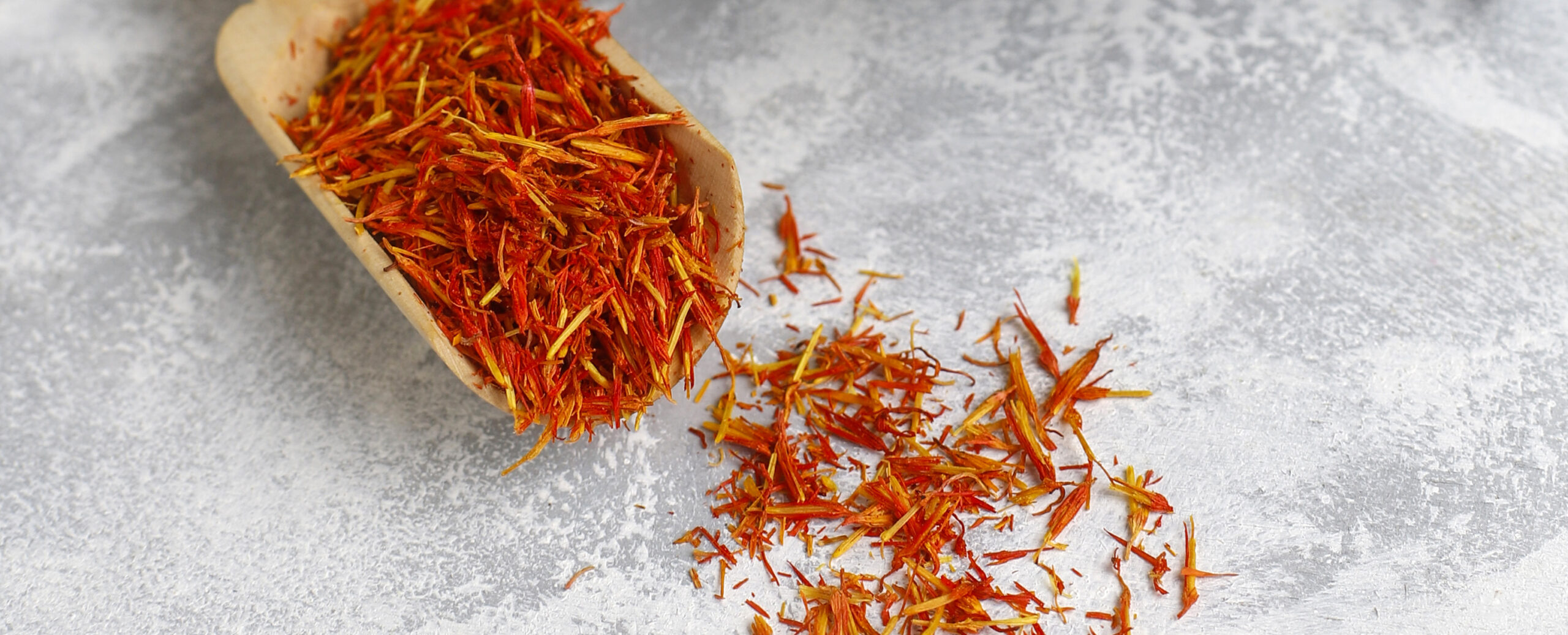Fibromyalgia (FM) is considered a neurological disorder with chronic and widespread musculoskeletal pains. It can also be associated with mild to severe fatigue, anxiety, depression, sleep disturbances, hypersensitivities to light/sound/touch, digestive problems, headaches and cognitive difficulties. More women than men have FM.
While we do not understand what causes fibromyalgia, it appears that it is multifactorial, and not the same cause for every patient, but includes genetics, infections with some illnesses triggering or aggravating fibromyalgia, and physical and/or emotional trauma/significant stressors.
It is considered neurological because there appears to be an abnormal increase in certain levels of select neurotransmitters in the brain that signal pain. In addition, the pain receptors in the brain of those with FM develop a pain memory and become more sensitive with a lower threshold to reacting to the pain signals.
Both conventional and natural medicine has yet to determine a clear cause and has yet to offer a reliable and successful treatment approach. Conventional treatment may include pain relievers and antidepressants. Duloxetine, aka Cymbalta is an approved treatment for FM. It may help to reduce the pain and improve the fatigue and mood. Muscle relaxants and anti-inflammatories may offer some help along with medications such as Gabapentin or Pregabalin. Indeed, there is a need for expanded options as those in natural medicine are not sufficient either, such as vitamin D, magnesium, curcumin, ribose and others.
Human and animal studies indicate that saffron has antidepressant, antioxidant, and neuroprotective activity. As such, it may be a potential option for FM treatment, or at least part of a FM comprehensive treatment plan. The current randomized, double-blind, controlled trial compared the effects of saffron and duloxetine on symptoms in patients with FM.
Fifty-four patients with FM, ages 18-60 were enrolled in a trial in Iran. Patients were included if they had a diagnosis of FM according to the criteria set forth by the American College of Rheumatology and had pain scores > 40 out of 100 using a Visual Analog Scale (VAS).
Patients were randomly assigned to take one capsule containing 30 mg duloxetine or one capsule containing 15 mg saffron extract daily during the first week. Patients then took two capsules of duloxetine or saffron daily during the second week and continued at that dose through a total of 2 months. Primary outcomes were changes in Hamilton Rating Scale for Depression score, Fibromyalgia Impact Questionnaire score, and Brief Pain Inventory pain score from baseline to eight weeks. Secondary outcomes were changes in VAS pain score, fatigue assessments, and Hospital Anxiety and Depression scores from baseline to eight weeks. Patients were instructed to avoid taking medications that could affect FM during the study.
Mean scores for all outcome assessments improved after eight weeks in both the saffron and duloxetine groups and were not statistically significantly different from each other. There was no significant difference in the number of adverse events in either group.
Commentary: It is easy to get excited by saffron recently… studies in depression, ADHD in children, fibromyalgia and PMS. The current study is certainly good preliminary evidence of a measurable level of improvement in symptoms of fibromyalgia with this dose of saffron. Saffron does have active constituents that have anti-inflammatory and antioxidant effects in the central nervous system and has been shown to increase levels of key neurotransmitters including serotonin, norepinephrine, and dopamine. The current trial did lack a placebo arm, the study was a small number of individuals, and the study was short in duration. These would all be considered weaknesses of the study, but the study does lay important groundwork for saffron being part of a treatment strategy for those suffering from fibromyalgia.
Reference:
Shakiba M, et al. Avicenna J Phytomed. November-December 2018;8(6):513-523.


